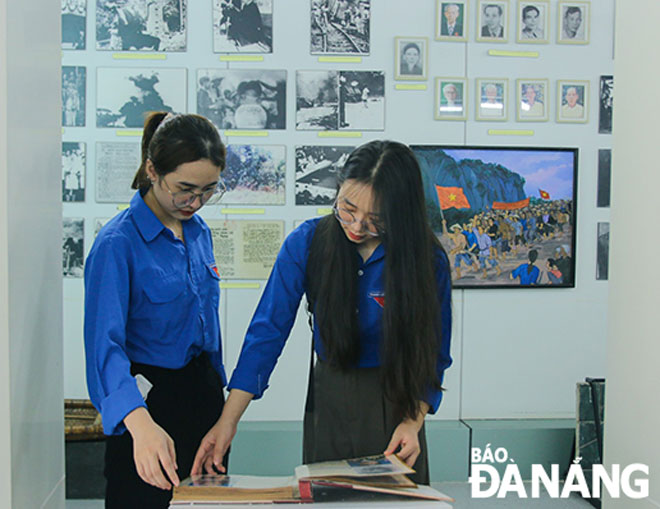K20 revolutionary base in Da Nang
During the resistance war against the US, K20 was the codename used to refer to the Da Man revolutionary base in Khue My Ward, Ngu Hanh Son District, Da Nang, where the 3rd District Party Committee and the municipal Party Committee were stationed to lead the revolutionary movement during the said period.
 |
| Today, the K20 revolutionary base is one of the ‘red addresses’ to help the young generation remember and understand the merits and heroic fighting spirit, solidarity and creativity of the army and people of Ngu Hanh Son District, and Da Nang as a whole. |
In 1965, the revolutionary situation in Da Man, and Da Nang as a whole, was extremely complicated, the US began sending troops into the South to deploy the "Local War" strategy.
In Da Nang, the US established a military base combining sea, land and air forces to block the North, protect the capital of the southern puppet regime, build a helicopter airport in Nuoc Man, expand the Da Nang Airport, and bring 17 army units to Da Nang.
Faced with that situation, the Da Nang Party Committee directed the 3rd District Party Committee to build Da Man, My Thi, and Ba Da into revolutionary bases, codenamed K20, as a springboard for local soldiers and guerrillas to attack the US bases.
Thanks to its important position in the two resistance wars against the French and the US invaders, K20 was one of the places where the strong revolutionary movements took place. The people of the K20 revolutionary base not only directly participated in the resistance wars, but also built a system of secret tunnels which were used for the storage of weapons and food, as well as hiding revolutionary cadres.
There were 157 secret tunnels in K20. The highlight of the secret fortification system built at K20 was its high mobility and large and dense scale. Most families living in the K20 revolutionary base connected with branch tunnels, facilitating movement and avoiding enemy raids.
At present, some places still exist and are ranked as national-level historical relics such as Mr. Huynh Trung's house, Mrs. Nhieu's temple, Huynh clan's church, and Mrs. Nguyen Thi Hai's house.
In 2010, the K20 Revolutionary Base was recognised as a national-level relic site by the Ministry of Culture, Sports and Tourism.
Today, the K20 revolutionary base is one of the ‘red addresses’ to help the young generation remember and understand the merits and heroic fighting spirit, solidarity and creativity of the army and people of Ngu Hanh Son District, and Da Nang as a whole.
Reporting by HUYNH LE - Translating by M.DUNG